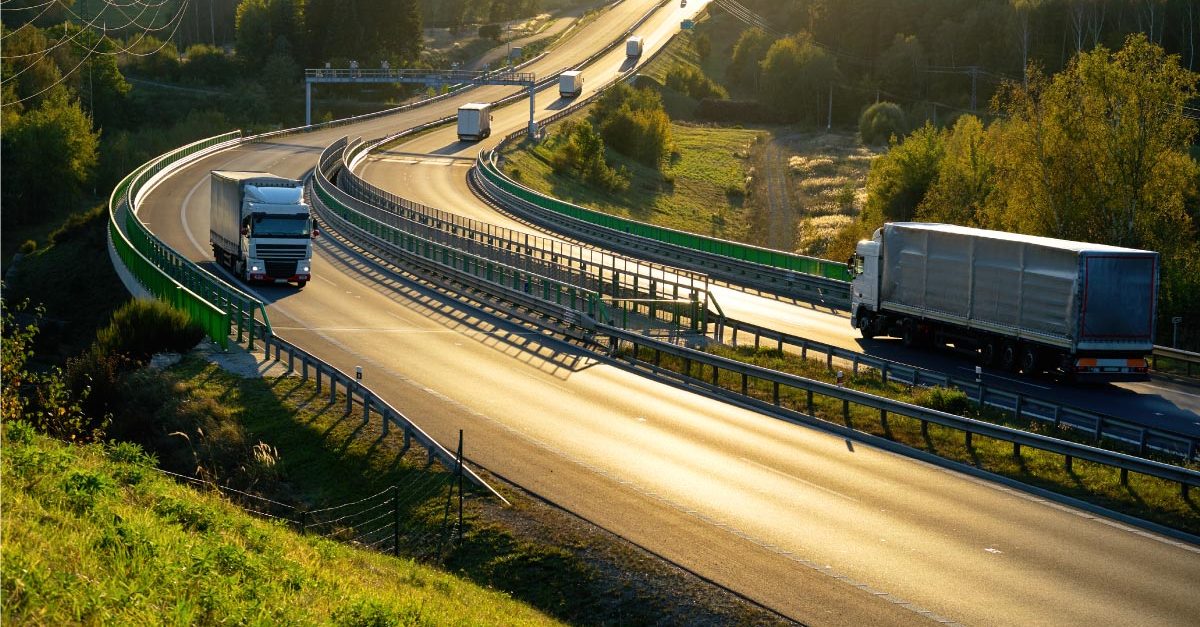Logistics providers who use automation technology are predicted to survive, and thrive
It has been a frenetic and bumpy period for the trucking industry. The Trump administration’s pro-business strategies offered carriers a boost in 2018. The road ahead looked wide open, and carriers and shippers felt more optimistic. Unfortunately, optimism gave way to uncertainty. Just as carriers were increasing driver pay and their overall capacity, the administration’s trade war with China caused volume and rates to drop. So, to properly discern the trucking industry outlook 2021, a look at the bumps the logistics industry has steered past recently is crucial.
In late 2019 through early 2020, the trucking industry stabilized and, again, there was confidence for growth into the foreseeable future. Until COVID-19 hit in March. The pandemic placed carriers into two distinct groups:
- Those carrying essential consumer goods such as groceries, hand sanitizer, cleaning and paper products; and,
- Carriers working in industrial, manufacturing and non-essential retail segments.
Those in the first group had to ramp up services quickly to meet skyrocketing demands. Those in the second group still are struggling on the road to recovery.
Also, now carriers must be conscious of the varied state and local policies and regulations on social distancing and mask requirements, along with a lack of revenue. Many industry experts anticipate a major disruption in the logistics industry as manufacturers and retailers try to return to normal, or the “new normal.”
Another forecast for 2021 is that shippers will have the upper hand on pricing given the current conditions. However, lower rates are not predicted to last long. Demand likely will tighten up through the first half of the year. Rates change based on volume and utilization, and shipping volumes are expected to increase. Contractual pricing is not yet where it was for carriers and will be more complex because it is based on future volume commitments, which are challenging to predict.
Shippers who consistently use preferred third-party carriers may benefit in the long run because they can leverage current market conditions for multi-year contracts rather than bidding out freight every time it looks to be advantageous. For carriers and shippers, technology will be a significant method of staying ahead of the competition.
How to Safely Handle Logistics Curves Ahead
For the trucking industry outlook 2021, third-party logistics providers predicted to survive, and thrive, in this environment are those who utilize automation technology, like blockchain, robotics and predictive analytics. Companies that most likely will fair best in this exceedingly competitive space will use these types of technology to develop value-added services to benefit their customers and differentiate the brand. Value-added services will include improved communications, advanced planning and strategic development of processes to improve inventory tracking, shipping logistics and executive decision-making.
The Martec Group’s most recent quantitative logistics study suggests that sustainability will either be a requirement for the request for proposal (RFP) – or, at minimum, a serious consideration for most shippers working with third-party logistics providers. Top-of-mind goals for shippers include reducing C02 emissions and moving to alternative fuels. Automation technology can provide third-party logistics suppliers with insights into how to reduce emissions by optimizing shipping efficiencies, at the least. To fully compete in 2021 and through the next decade, logistics companies will need to make sustainable freight practices a top priority.
Bonus read: New Study Finds 60% Technology and 40% Human Expertise is Ideal Balance for Supply Chains





